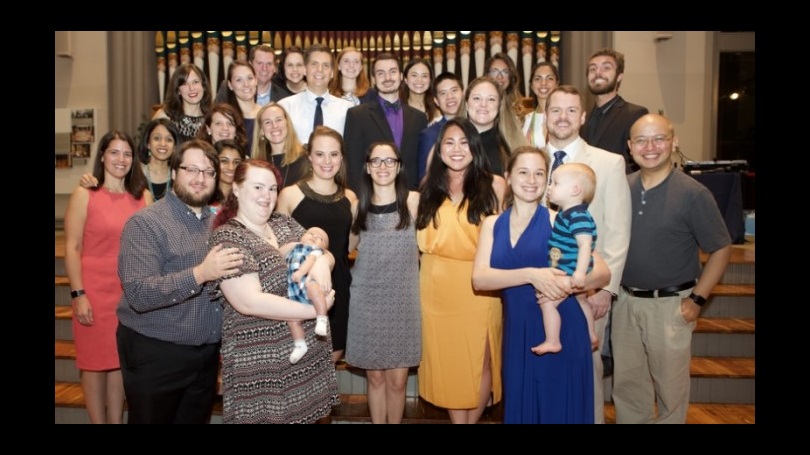Internal Medicine Pediatrics Residency FAQs

Are there opportunities for international medicine?
Yes. Many faculty members at UMMS are involved with providing care and performing research overseas and welcome residents to join them for electives. Some recent resident experiences included clinical opportunities in Latin America, Africa, Haiti and South Asia. Funding to support international electives is available through the Medicine and Pediatrics departments. Starting in 2012, the Med-Peds residency instituted a Med-Peds Global Health track. This track was developed in coordination with faculty from the Center for Vaccine Development and the Institute of Human Virology.
Are there moonlighting opportunities for residents?
Yes. Moonlighting opportunities are available within the program at both UMMS and Mercy Medical Center. There are currently no moonlighting opportunities for interns, however, and moonlighting outside the system is not permitted.
What careers do residents pursue?
Among our graduates since 1994, approximately one-third have gone on to careers in primary care, one-third have pursued fellowships and subspecialty practice and one-third work as hospitalists.
Is there a free-standing children's hospital?
The University of Maryland's Children's Hospital is not a free-standing structure but is located within the main hospital on the fourth, fifth and sixth floors. The hospital provides tertiary care level services with a state-wide referral base. The Children's Hospital offers a wide variety of pediatric subspecialists including allergy and immunology, behavioral/developmental pediatrics, cardiology/cardiac surgery, critical care, endocrinology, gastroenterology, genetics, hematology/oncology, infectious disease, nephrology, neurology, neurosurgery, pulmonology and rheumatology. Aside from the inpatient hospital setting, residents rotate through a number of outpatient locations including Pediatrics At Midtown (PAM), The Adolescent and Young Adult Center and numerous community outreach sites. In addition, residents staff our Pediatric Emergency Department.
How frequently do residents switch between Medicine and Pediatrics?
Residents rotate every three months. Twice during residency – at the start of 2nd and 4th years – they complete a six-month block of either medicine or pediatrics rotations. This helps ease the transition from intern to senior responsibilities and ensures seasonal variation of patient pathology.
How long is internship?
Internship lasts twelve months. Residents in Med-Peds serve as senior residents from the beginning of their second year. Services without supervisory responsibilities, such as the adult Cancer Center, are scheduled early in second year to help new seniors transition to their changing roles.
Are there opportunities for resident social events?
The camaraderie among the residents is palpable and is one of the major strengths of our program. There is a friendly working relationship among residents in all programs here and a distinct solidarity among those in the Med-Peds program. Friendships that are generated in the hospital are fostered at resident-run House Staff Association events as well as countless other informal gatherings outside of the hospital. Some recent examples include happy hours, basketball, soccer, football, dinners out and bowling.
What is the Med-Peds identity at UMMC?
The Med-Peds residents have a unique identity that sets them apart from the categorical pediatric and medicine residents yet they are welcomed as equals when rotating in either discipline. The Med-Peds residents maintain a strong sense of identity through frequent interaction during rotations, monthly meetings, numerous social outings including a Med-Peds holiday party and through close mentorship with Med-Peds trained physicians. The Med-Peds identity continues to grow with the recent recruitment of two new Med-Peds faculty members and an additional Med-Peds trained hospitalist.
How many Med-Peds trained faculty have faculty appointments at the University of Maryland?
We currently have close to 20 Med-Peds trained faculty with academic appointments with the University of Maryland. These physicians hold positions in a variety of specialties including Med-Peds primary care, infectious diseases, rheumatology, allergy and immunology, critical care, urgent care and hospitalist medicine. They serve as a backbone for our mentorship program and provide exceptional clinical and research experiences for our residents.


